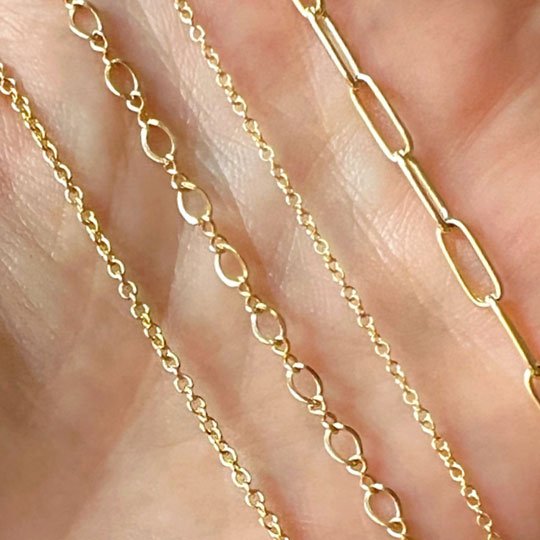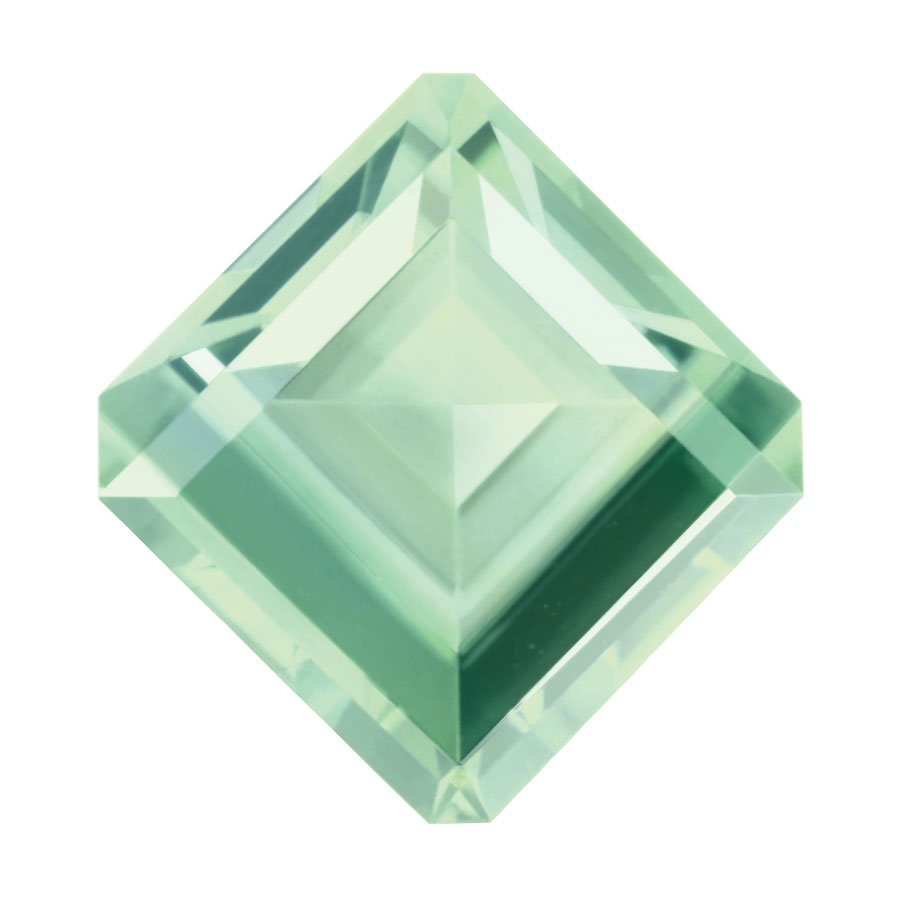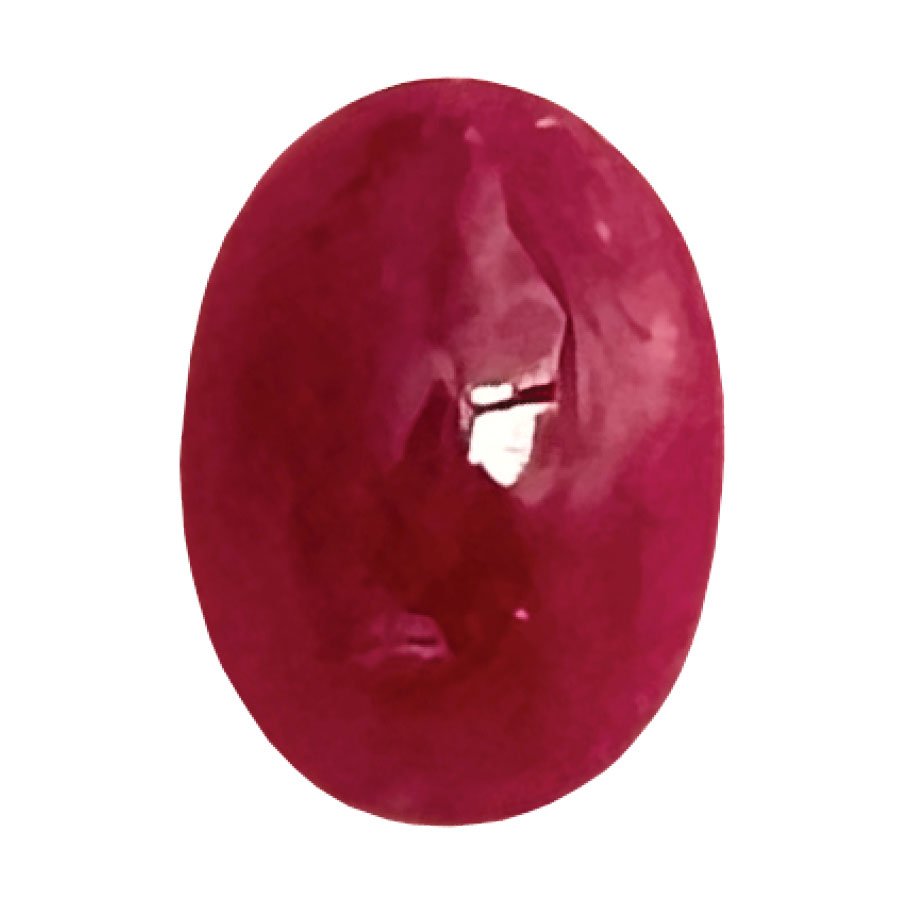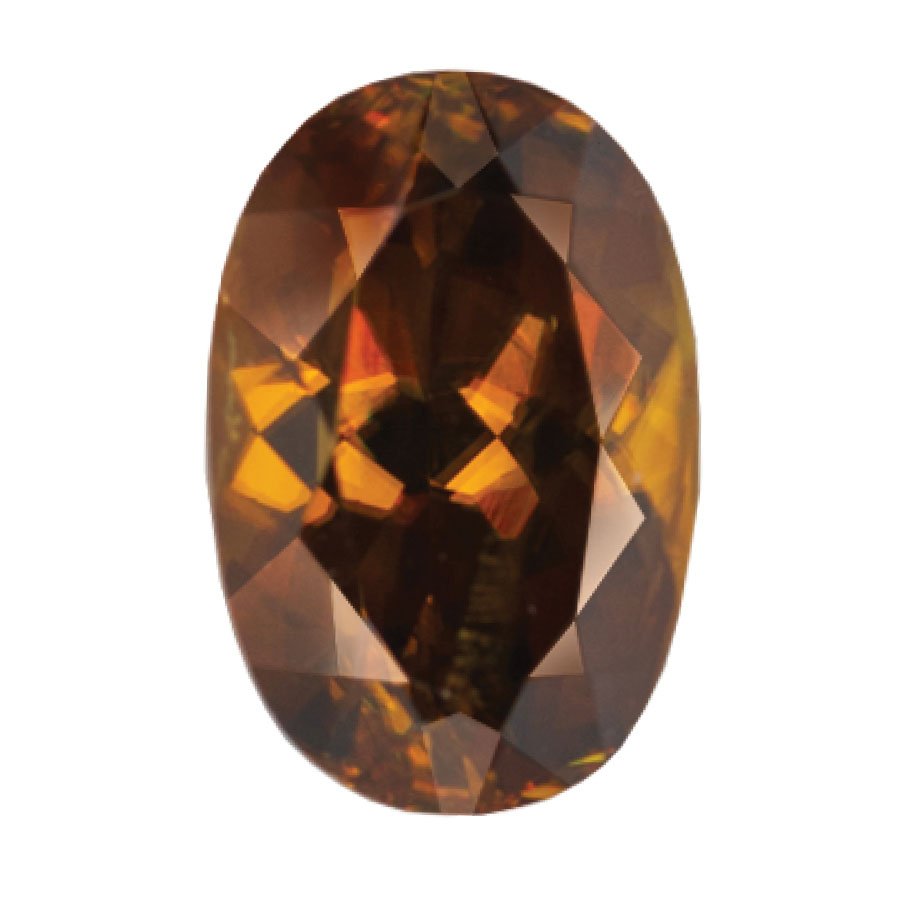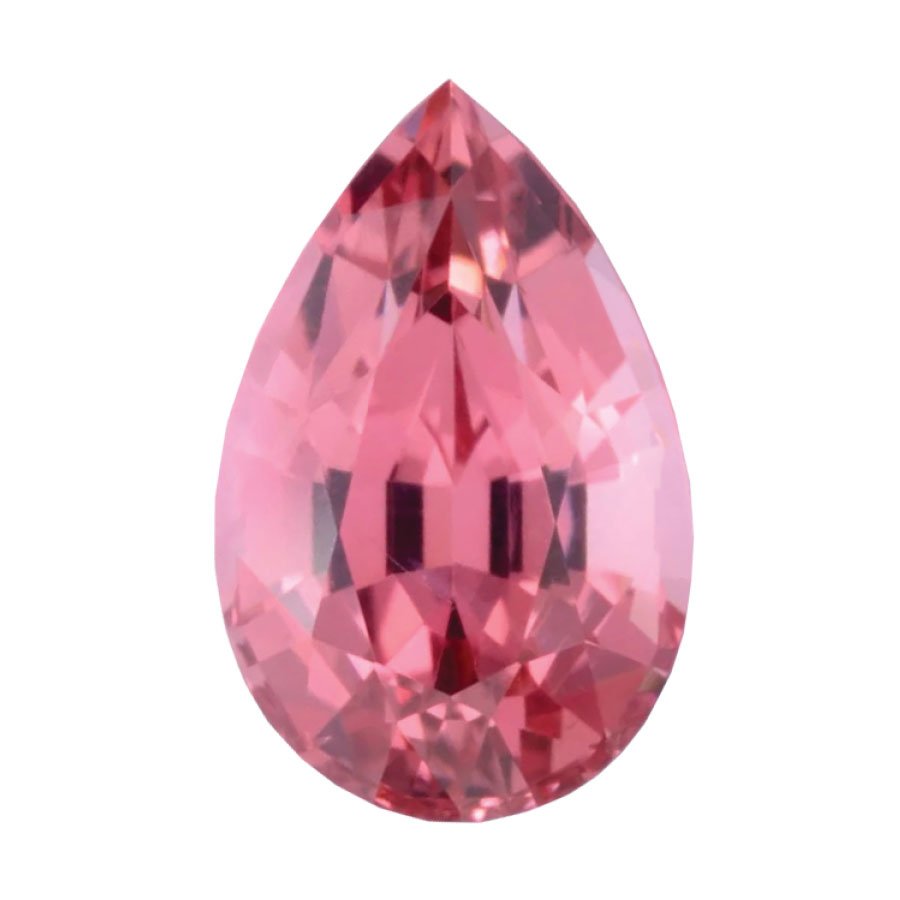Orange Gemstones and Orange Wine: A Sparkling Tasting
THE EXPERIENCE IS 3 PAIRINGS OF NATURAL SKIN CONTACT WINES + RESPONSIBLY SOURCED ORANGE-HUED GEMSTONES
What do wine and gemstones have in common? They are both expressive of “terroir” - of the earth!
Just as elements in the soil determine the way a wine tastes, minerals present in the earth (when a gemstone was formed) impact the way it looks.
In collaboration with celebrated chef Rob Guimond of Public Display of Affection, our forthcoming theme is…
ALL THINGS ORANGE!
This Sparkling Tasting series is an engaging, memorable experience to understand “value” and learn questions to ask when buying both jewelry and wine. AND… there is epic culinary magic coming out of Rob’s kitchen!
THE PRE FIX BRUNCH:
Chicory, tomato jam, smoked mozzarella, basil vin
Delicata hash + eggs
Sunchoke + brown butter pizza
WHAT IS ORANGE WINE?
If you are intrigued by this new trendy natural wine, the first thing to know is that it is ancient - as in the Stone Age! The earliest archeological evidence of winemaking is found in Georgia (the country) and dates to around 6,000 B.C. You can read about this Neolithic vintage here.
Of course, gemstones are a little bit older (millions to billions of years).
We can’t wait to surprise and delight you with all things orange!
WHAT GEMSTONES ARE ORANGE?
There are so many dynamic possibilities: Amber, Citrine, Garnet, Opal, Sapphire, Topaz, and Tourmaline! Meet a few responsibly sourced gemstones and get the skinny on a few:
Garnet has serious charisma - it also can be any color of the rainbow and can exhibit the widest variety of color-change hues among all gemstones.
Spessartine garnets are a wide range of orange hues with mandarin being the most prized.
Tourmaline can also dazzle with a vast array of juicy hues, from the electric blue of Paraiba to emerald green to pink!
All tourmalines are pleochroic, meaning the color changes when viewed from different angles.
Opal exhibits something called “play of color” on body tones from black to pink to blue to orange and beyond!
Ethiopian and Mexican fire opals can be a range of transparent or translucent warm orange hues - with or without bright flashes of color.
Sapphire is often known as a royal blue, but it can be an array of orange hues. In fact, it can be any color except red, which would make it a ruby!
A rare, exotic sapphire is Padparadscha, exhibiting orangey-pink hues akin to the color of salmon.
THE PAIRINGS!
PAIRING 1
Bicolor Tourmaline
Nigeria
3.52 carats
Rose & Son “Brioche” 2020
Winemaker: Mike Roth
Santa Ynez Valley
Chenin Blac, Grüner Veltliner, Sauvignon Blanc
PAIRING 2
Mandarin Garnet
Tanzania
1.99 carats
Domaine Gross “Gold R” 2020
Winemaker: Vincent Gross
Alsace
Gewürztraminer, Muscat Blanc à Petits Grains, Riesling
PAIRING 3
Yellow Orange Sapphire
Madagascar
.86 carats
Do-Re-Mi “Tsitska” 2019
Winemakers: Giorgi Tsirghvava + Mamuka Tsiklauria
Imereti, Georgia
Tsitka, Mtsvane
WHICH PAIRING IS THE MOST VALUABLE?
This tasting experience is comprised of three “pairings” of orange-hued gemstones and orange wines (not in this order):
an attainable pairing
a moderate paring
a most valuable pairing
Guests are given profiles of the wine and the same for each gemstone (i.e. size, origin, treatments, etc.). With each wine tasted, the corresponding gemstone is circulated so that every attendee can personally discover the stone.
Lively conversation and questions are always encouraged!
The SECOND PARING with the MANDARIN GARNET is the most valuable due to RARITY!
The mandarin garnet is 1.7 X more valuable than the tourmaline
The mandarin garnet is 3.1 X more valuable than the sapphire
The most important distinction is what is uniquely beautiful (and delicious) to you!
CREATE AN EMPOWERING LAYERING NECKLACE
What to know about ETHICAL GEMSTONES and GOLD to ensure your jewelry is NOT FUNDING CONFLICT
A sample report outlining details of a single Nomad’s gemstone, as well as the history of origin and traceability story.
WHAT DOES RESPONSIBLY SOURCED MEAN?
This is an example of a proprietary provenance report that demonstrates Nomad’s commitment to transparency, trust, and traceability. Beyond the descriptive details about each gemstone, the report discloses the history of the origin and a specific gemstone’s journey to their cutting wheel. Nomad’s developed 4 levels of traceability - from Level 1, acquired through direct “mining partnership”, to Level 4 acquired through a dealer in an “open market” with the origin being determined by a gemstone laboratory.
In the same way that we know where our food is from and who made our clothes, why not jewelry?
Responsible sourcing goes beyond ethically or sustainably sourced. This encompasses conflict-free, traceability, protecting people, their skills, and the environment be it land or sea. This is an open, evolving conversation worth having, as we all seek to make choices that align with our values.
As much as possible, the designers in this community do their best to choose jewelry “ingredients” that honor this.
Gemstones can be responsibly sourced or post-consumer recycled (recovered from previously worn jewelry to be reset in a new design).
For precious metals, this can mean using recycled gold - or a step further is mercury-free Fairmined gold.
WHAT IS FAIRMINED GOLD?
As we make ethical choices with Fairtrade wine, food, and fashion, why not the gold in our jewelry? Let’s compare recycled gold versus Fairmined gold…
YOUR FINE JEWELRY CONCIERGE WITH INTENTION AND CONNECTION
All The Brilliants’ fine jewelry concierge protects your time and provides peace of mind when investing in your jewelry collection or a luxury gift for your wife or partner.
I guide you through every step of the process, whether you’re looking for ready-made designer jewelry, a bespoke gemstone tassel, or a delicate layering necklace to elevate your style.
Ready to bring what’s inside out?
Book a discovery call today and start your journey toward acquiring intentional jewelry, investing in yourself and your inner power.













